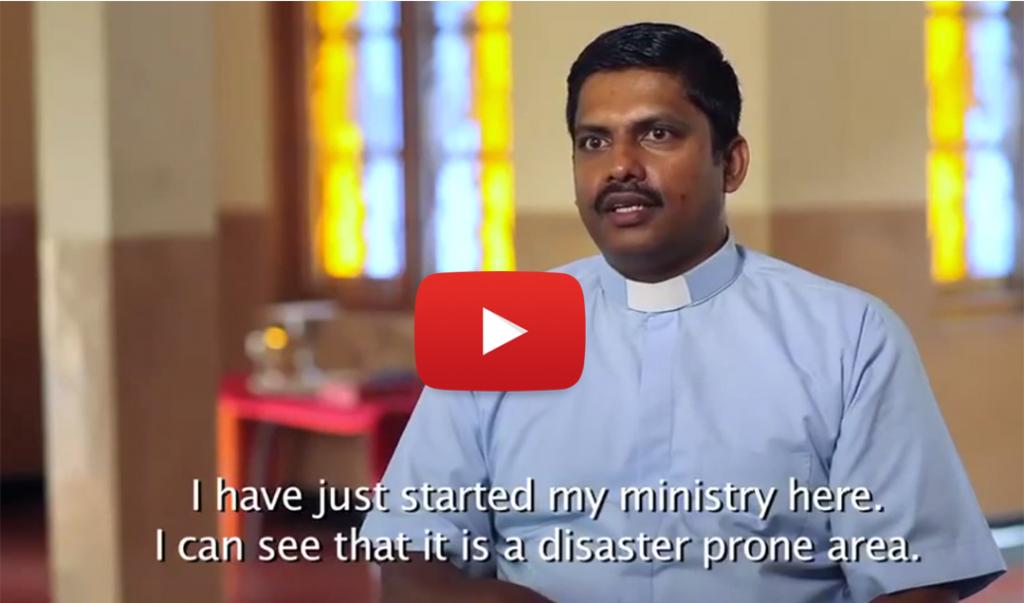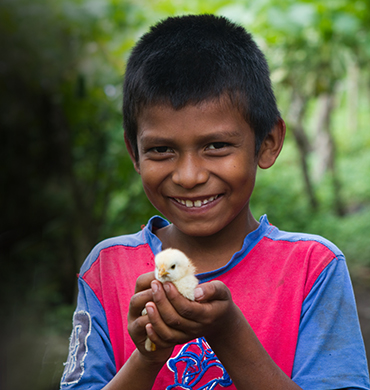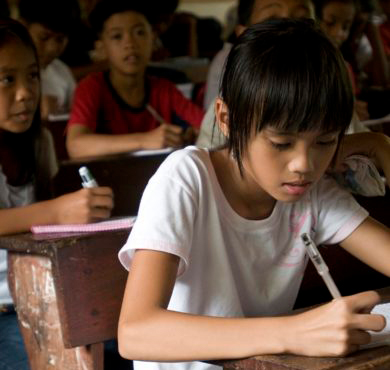International Panel of Experts Share Experiences on Day for Disaster Reduction
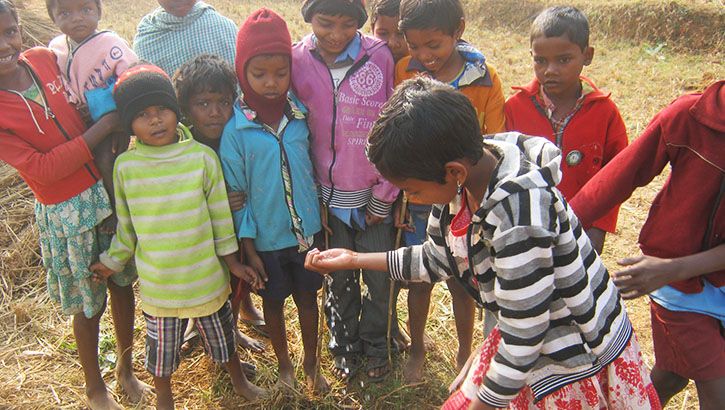
International Day for Disaster Reduction is October 13, and the theme for 2015 is how communities are using traditional, indigenous and local knowledge to prepare for and respond to disasters. For Episcopal Relief & Development and its partners worldwide – including in the United States – there is an added element of the role faith communities can play in organizing and providing space for these activities.
When natural or human-made hazards strike, local churches and other faith institutions are on the front lines, either located in the affected communities or close to them. They are the first to learn about the situation and respond. People in affected areas turn to faith institutions and leaders for help, and churches are often full of willing volunteers – but in order to respond effectively and with regard for their own safety, adequate training, tools and resources are needed.
There are many training resources available for disaster professionals working in government and nongovernmental organizations, but there is great potential at the community level for people to safeguard their homes and livelihoods before and immediately after a disaster. What is needed is training that engages community members in building disaster awareness and resilience, using local resources and expertise to identify hazards, reduce risk and ensure care for those most vulnerable.
Working with partners in 13 countries, Episcopal Relief & Development led the assembly and testing of the Pastors and Disasters toolkit, which guides communities through forming Disaster Committees, recognizing assets and creating customized disaster plans to fit the most likely hazards. So far, 174 partner staff members have been trained in Disaster Risk Reduction and Management (DRRM) and 80 communities have participated in preparedness and planning activities.
In this blog post, we hear from five people who have been active contributors to the Pastors and Disasters process: Léonidas Niyongabo from Burundi, Dr. Daniella Flamenco from El Salvador, Gideon Bustamante from the Philippines and Ethel George and Smith Nice from Vanuatu. This panel of experts shares their impressions and experiences of traditional responses to disasters and how the Pastors and Disasters toolkit has leveraged these practices toward greater preparedness and resilience.
Finally, we are also proud to premiere our video from Sri Lanka, where Fr. Manoruban of St. Paul’s Church in Morakotanchenai has assembled the youth of the parish into teams for disaster preparedness and response, using the Pastors and Disasters toolkit.
I am grateful to all of our partners worldwide for their contributions and participation in the formation of the toolkit, and wish everyone safety and good health on this Day for Disaster Reduction!
_________________________________________________________________________
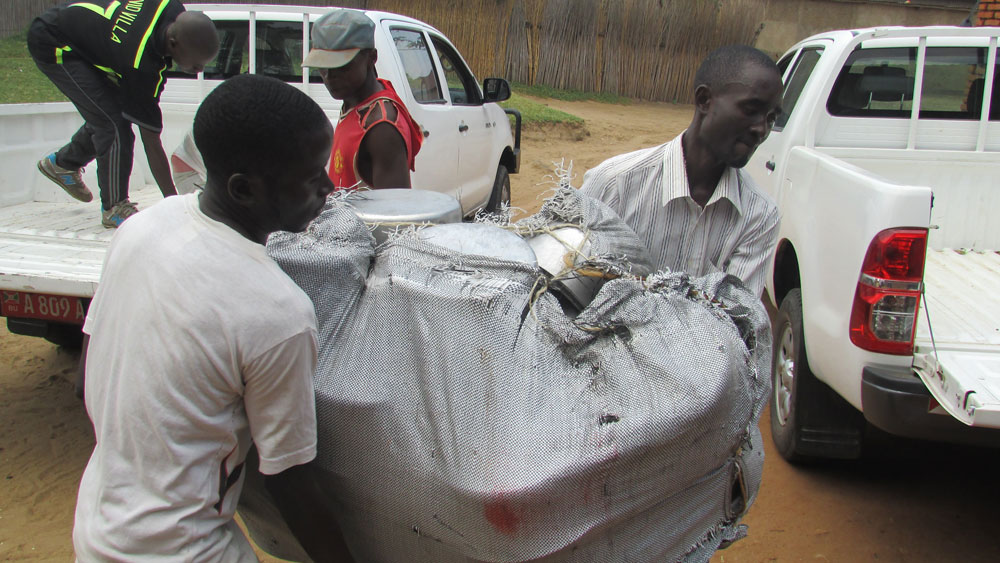
Q1: How have local communities addressed disasters in the past?
Léonidas (Burundi):
On February 9 last year, the area around Bujumbura experienced very severe thunderstorms that caused flooding and landslides, killing or injuring 124 people and destroying thousands of homes. The Church in Burundi provided cash assistance to 600 people to help them rebuild their homes and start or restart their small businesses and agricultural activities. We recently did an evaluation of 25 households – three in the restaurant business, three raising livestock, a number selling clothes or construction materials and five old women selling vegetables and small fish in market stands – and found that the opening of small businesses and trades has been widely successful and people are able to make a living. With the cash assistance to rent land, farmers have been able to feed their children and save seeds for the next planting season, selling the surplus to purchase goats to fertilize their crops, as well as clothes, health care and other food to support a diverse household diet.
Dr. Daniella (El Salvador):
In the past, local communities used to be helped by NGOs, churches and other organizations, but sometimes the help was not as effective because there was no connection between the community and the people providing aid, meaning that the real needs of the community were not covered and help didn’t reach those who needed it most. For example, in 2009, Hurricane Ida caused a mudslide on the side of a volcano near the town of Verapaz, and the aid agencies brought too much clothing and not enough water, hygiene kits and mattresses. We were able to bring those supplies later, but this situation could have been avoided by the aid providers talking to the community before buying the supplies.
Gideon (Philippines):
The Philippines is very prone to typhoons (around 20 per year) so Filipino people are very used to them! In vulnerable communities it is already people’s habit to evacuate to safer areas once the local government has issued warnings, though many would prefer to stay at home for fear of losing their belongings in the storm. Typhoon Haiyan was devastating and people experienced great trauma, but there is a spirit of solidarity that helps with the recovery. Relatives from other places came to help, or hosted family members while they were rebuilding, and people are extending help to each other, even though they themselves are among the victims of the storm.
Ethel and Smith (Vanuatu):
Normally, during the aftermath of a disaster in a local community, the chiefs would mobilize people to work together to address needs. The needs would be categorized in three groups: immediate, medium and longer term. Most assessment, planning and delegation would be done by the chiefs and handed down to the stronger men at the community level to get things done. The chiefs also are actively involved as well. If external assistance is needed then it is the chiefs who request assistance.
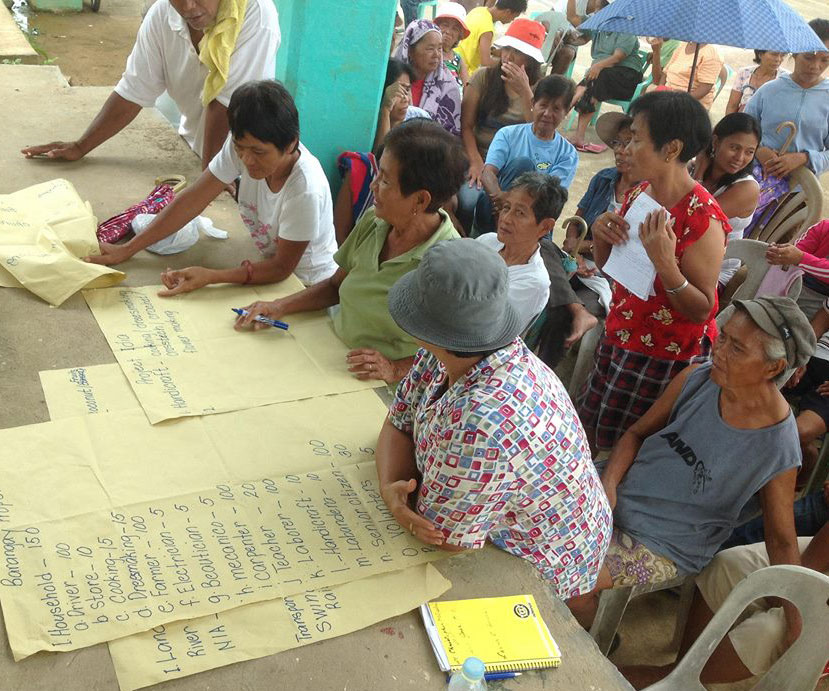
Q2: What are some examples of traditional coping strategies?
Léonidas (Burundi):
People have been introducing early-maturing crop varieties that are more tolerant of drought and flood conditions, and using intercropping methods to grow different plants together on the same field, both of which help mitigate the extremes of climate change. People have also been changing their thinking and behavior, being more mindful of disaster preparedness, planting forests and digging trenches to prevent flooding and erosion.
Dr. Daniella (El Salvador):
In the community of Las Bromas, some of the homes are built on a slope and are prone to flooding or even falling into the river in heavy rains. To prevent this, the community has built living barriers of Piñuela and Izote (the national flower of El Salvador) to combat erosion and flooding. This practice is protecting around 100 people now, but it is not a new idea! One of the oldest members of the community, Máximo Reyes, who turns 90 this month, tells us that he remembers his father using these barriers since he was 10 years old.
Gideon (Philippines):
In poor communities, people put used tires on their roof to add weight, so they don’t blow away in the storm. Others tie down their houses using ropes or iron cables. If their house is destroyed, people use scrap materials to temporarily build shelter.
Ethel and Smith (Vanuatu):
Where I come from, in Motalava, Torba Province, we prepare traditional biscuit crackers from breadfruit by placing them above open cooking fires during our usual daily cooking times. These biscuits can last for more than five years, so they are prepared specifically for times of disaster. When breadfruit is in season, each family prepares theirs and sometimes we end up with around 1,000 or so. Some communities also dry nuts as a means of traditional food preservation, and these can last for more than a year. Additionally, people are planting more wild yams and Fijian taro since they mature quickly and can withstand most forms of disasters that threaten Vanuatu.
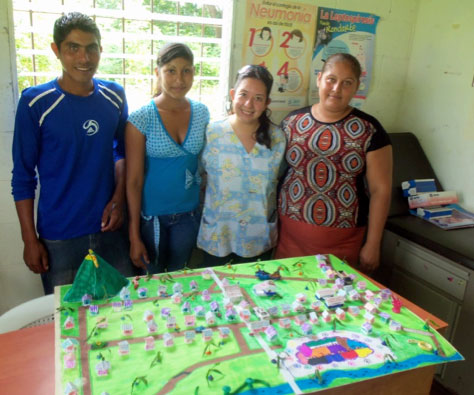
Q3: How have you used the Pastors & Disasters toolkit?
Léonidas (Burundi):
In Kibonde, we did the historical profile, mapping, seasonal calendar, transect walk, hazard ranking, timeline and Venn diagram activities from the Pastors and Disasters toolkit. The group discussion included diverse members of the community, including men, women, older people, youth, secondary school students and clergy. They identified drought, crop diseases, malaria and HIV/AIDS as the major hazards affecting the community, and then selected drought as the top priority since five of the last ten years have had at least seven months of drought, and this threatens the local food supply and economy. On the transect walk, the community noted the deforestation that had happened in the area due to war refugees in 2004 needing homes and firewood, and the connection between deforestation and the ensuing decade of drought.
Dr. Daniella (El Salvador):
The mapping activity in the Pastors and Disasters toolkit has been very useful in helping communities to better understand the possible hazards around them and what resources they can use to decrease their vulnerability. It also helps them to prioritize the potential threats and work on them in a methodical way. Additionally, people have learned how important it is to know the community history and connect past events to the current situation, since it is possible in some cases to predict the next occurrence of a hazard and be prepared for it. For example, in El Maizal, they are working on a system to prevent forest fires, since they have had at least one per year for the past three years and it is dangerous for the community.
Gideon (Philippines):
Using the toolkit broadened people’s understanding of the different factors that make a disaster a disaster – not all hazards become disasters, it depends on vulnerability and capacity to respond. Identifying vulnerabilities in the community and going through the process of brainstorming and implementing solutions provides a framework that can be used for any problem. For example, if a nearby river is identified as a major hazard, the community then thinks of ways to prevent flooding, such as planting trees or cleaning the river. Once the ideas are out in the open, it becomes possible to put them into action. Also, in doing the asset maps, the community may see capacities or opportunities they didn’t realize were there or hadn’t been putting to use.
Ethel and Smith (Vanuatu):
We have inserted the Pastors and Disasters toolkit into our 2016 implementation plans, focusing on engaging youth and women’s groups in Disaster Risk Reduction. The provincial office also used the toolkit in May to train two people from each diocese in preparation for the storm season.
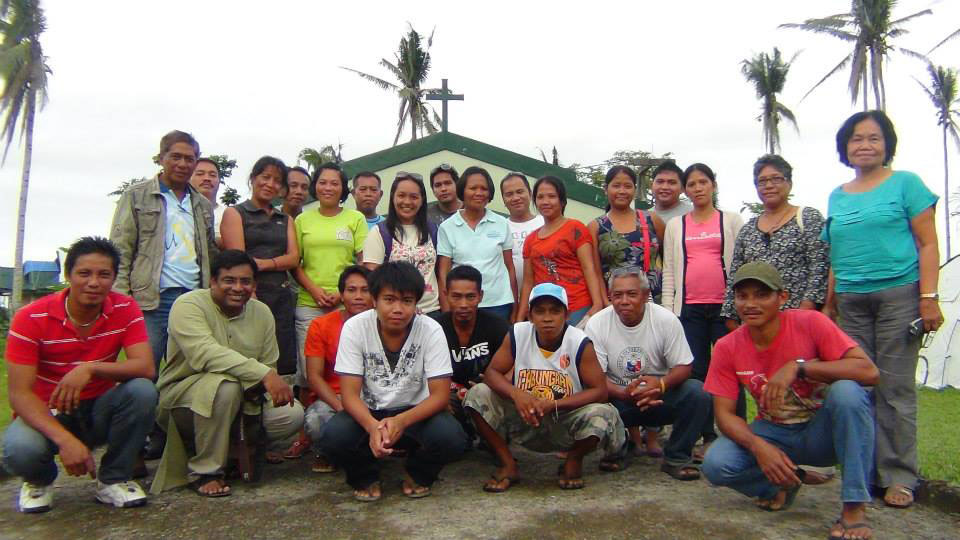
Q4: What are some examples of how the Toolkit resources have had an impact on communities?
Léonidas (Burundi):
We have seen that communities are setting up their Disaster Committees and conducting assessments with the involvement of local clergy. This will help communities recognize their vulnerabilities and strengths, and explore how those strengths can be used to prevent and reduce the effects of disasters.
Dr. Daniella (El Salvador):
We used to work in communities during or after disasters happened, but with the Pastors and Disasters toolkit we now have eight communities working on decreasing their vulnerability in order to prevent disasters from happening. In the community of San Juan Letrán, they are working on improving their water system because in the summertime most of the families have no water and they have to go to the river to get it. While they were working on the map, they discovered that getting water could be very dangerous, not only because the road is steep and there are trees prone to falling over, but also because the site is isolated and some women had been attacked while washing their clothes. There is currently a thin pipe that leads to a water tank, but the project aims to install bigger pipes that will carry more water and not get damaged on the rocks during the rainy season.
Gideon (Philippines):
ECARE uses an asset-based community development approach in all of its work, so asset mapping and transect walk tools in the Pastors and Disasters toolkit are great in any community! In Barangay Cabuloran, during these activities, the community noted that they have a plant they call dulaw (yellow ginger) growing wild throughout the area. They would use it as an ointment for gas pain, but after some research they discovered that dulaw is a key ingredient for making turmeric capsules, a common herbal food supplement. Now they are processing the dulaw into capsules and powdered ginger and selling it in the market and in the ECARE shop.
Ethel and Smith (Vanuatu):
We are looking forward to seeing how the roll-out goes across the dioceses, and are very glad that the province had at least two people in each diocese who were familiar with DRR and could use the Pastors and Disasters tools during the storm season.
————
Featured Video: Fr. Manoruban of St. Paul’s Church in Morakotanchenai, Sri Lanka, has assembled the youth of the parish into teams for disaster preparedness and response, using the Pastors and Disasters toolkit.
————
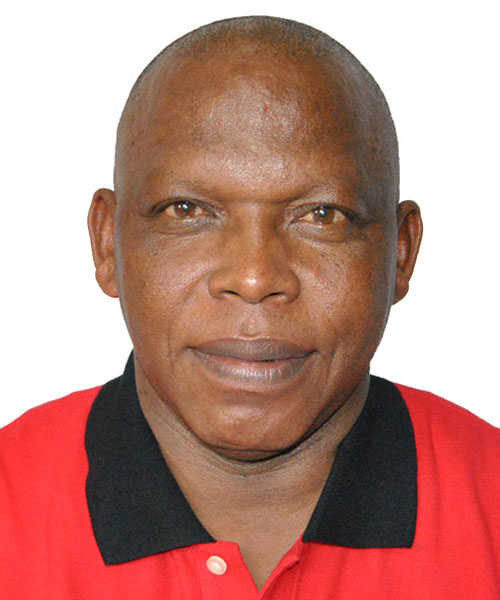
Léonidas Niyongabo is the Provincial Development Officer of the Province of the Anglican Church of Burundi.
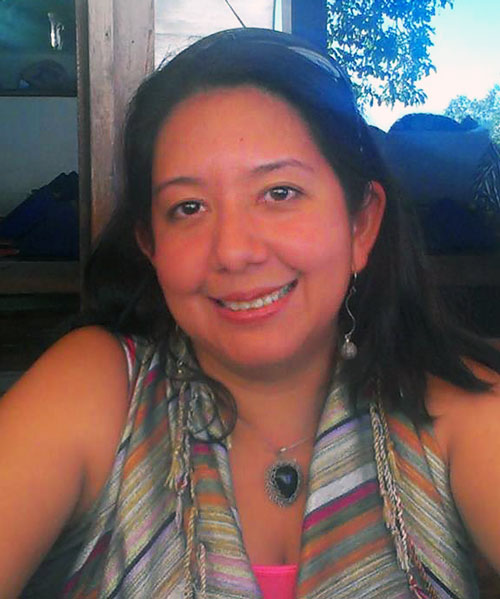
Dr. Daniella Flamenco is the Director of the Integrated Health and Agriculture Program of the Episcopal Diocese of El Salvador.

Gideon Bustamante is the Project Manager of the Disaster Response Project of the ECARE Foundation, the community-based development program of the Episcopal Church in the Philippines.
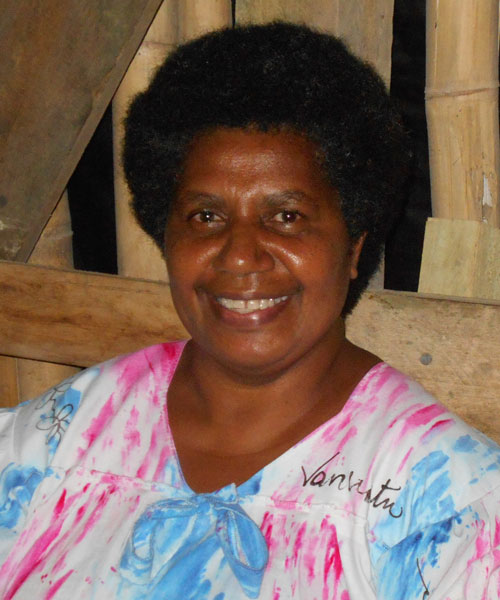
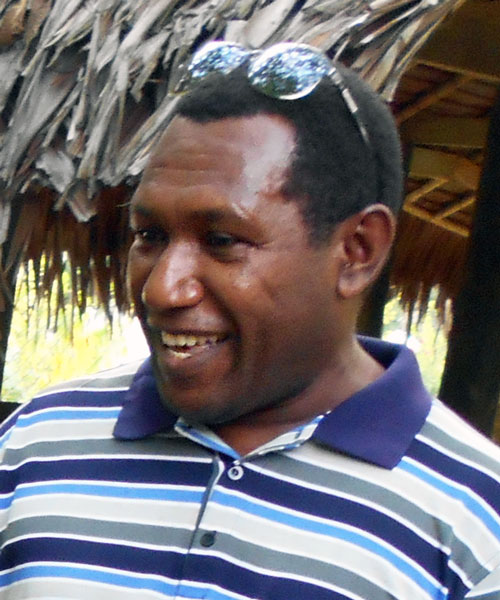
Ethel George and Smith Nice are the Women’s and Youth Officers, respectively, of the Anglican Church of Vanuatu, part of the Province of the Anglican Church of Melanesia.

Nagulan Nesiah is a Program Officer with Episcopal Relief & Development.
Images: Disaster Preparedness and Response in Burundi, El Salvador, Philippines, and Vanuatu
Healing the world starts with your story!
During the 75th Anniversary Celebration, we are sharing 75 stories over 75 weeks – illustrating how lives are transformed through the shared abundance of our partners and friends like you! We invite you to join us in inspiring our vibrant community by sharing your own story!

